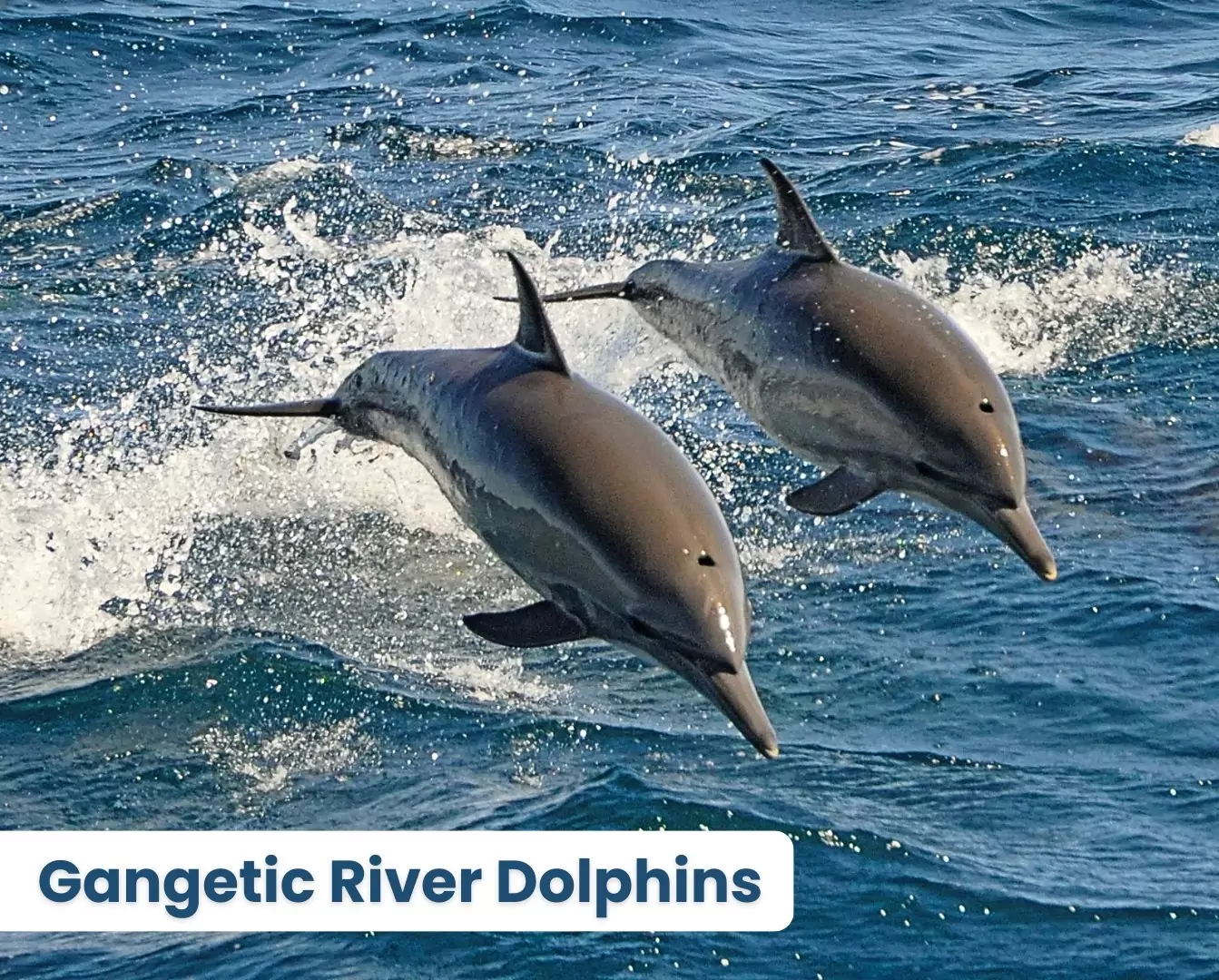![]() 5 Mar 2024
5 Mar 2024
India’s first National Dolphin Research Centre (NDRC) has opened in Patna, Bihar to help protect the Gangetic river dolphin.

Echolocation
|
|---|
News Source: Downtoearth
| Must Read | |
| NCERT Notes For UPSC | UPSC Daily Current Affairs |
| UPSC Blogs | UPSC Daily Editorials |
| Daily Current Affairs Quiz | Daily Main Answer Writing |
| UPSC Mains Previous Year Papers | UPSC Test Series 2024 |
<div class="new-fform">
</div>